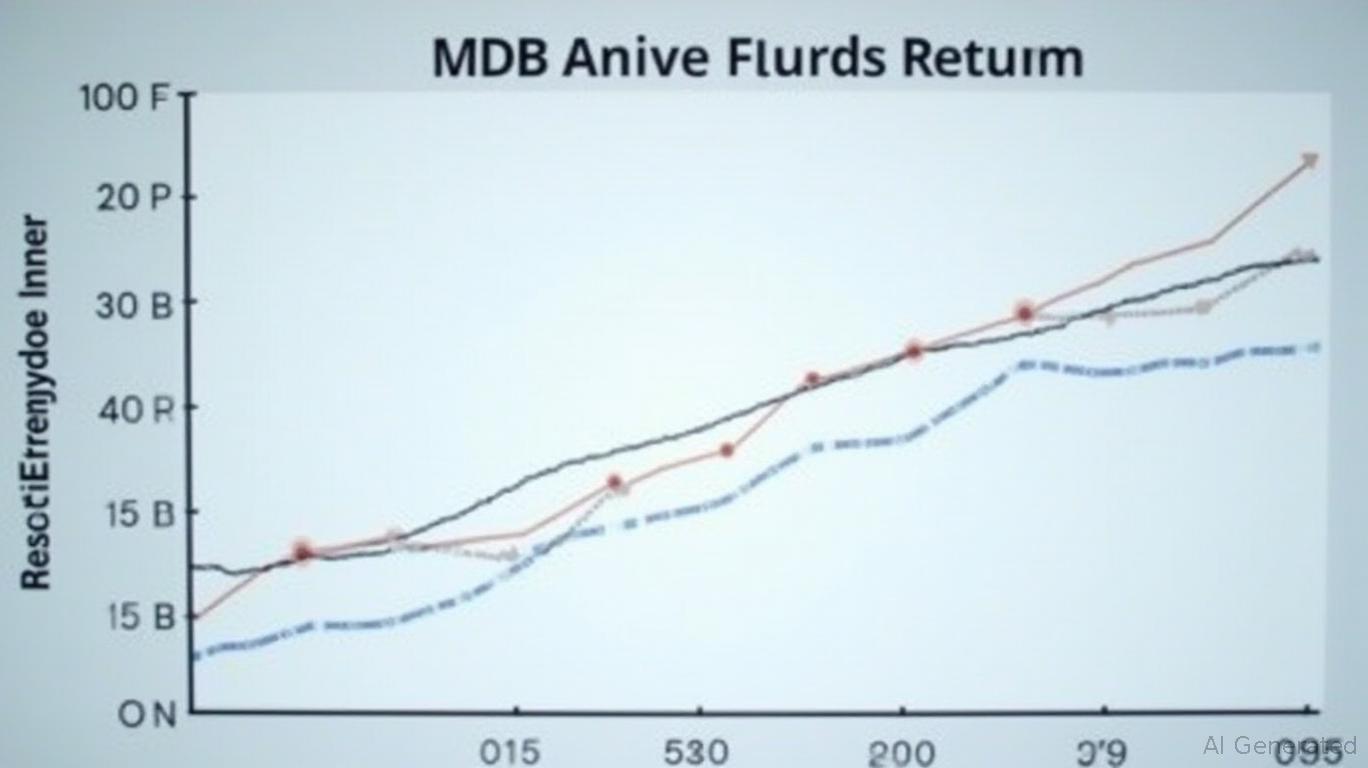Event Backtesting in Investment Strategies: Between Insight and Illusion
The growing reliance on quantitative methods in finance has placed event backtesting at the center of investment strategy design. Yet, as recent analyses reveal, this powerful tool carries as much potential for misinterpretation as it does for enlightenment. A 2025 study by
Capital on historical portfolio performance highlights both the promise and pitfalls of such methodologies, offering critical lessons for investors.
MDB's analysis of 17 historical portfolios demonstrates how tactical decisions—such as setting gain thresholds or exit timelines—can reshape risk-adjusted returns. By stress-testing strategies against past market cycles, the study identifies clear trade-offs: short-term gain targets boost liquidity but risk missing prolonged appreciation in resilient assets. Conversely, holding periods aligned with long-term fundamentals reduce volatility but require deeper capital commitment. The underscores this tension, showing how shorter horizons halve drawdown exposure but also limit upside capture.
Yet, the study's disclaimers are equally instructive. Projections are explicitly labeled hypothetical, and MDB discloses its prior advisory work for firms like
(CLIR) and (EXOZ)—a reminder of potential conflicts. The broader challenge lies in translating historical patterns into actionable foresight. As the MDB report notes, microcap equities—common in the sample portfolios—exhibit idiosyncratic risks: reveal standard deviations nearly double for smaller firms, magnifying the stakes of timing errors.This raises fundamental questions about backtesting's limitations. While MDB's event-driven simulations assume perfect foresight of all historical opportunities—a "God's-eye view" unattainable in real-world investing—their framework's predictive power erodes at the edges of data completeness. As the 2025 Event Tracking Software Market analysis () shows, even advanced tools struggle to replicate the chaos of human decision-making under uncertainty. The MDB study's simulated web application, designed to let users tweak parameters in real time, inadvertently highlights this gap: manual backtesting often reflects post-hoc rationalizations rather than pre-emptive wisdom.
Investors would be wise to treat backtesting not as a crystal ball but as a stress test. The MDB results suggest three actionable principles:
Diversify Time Horizons: Blend short-term strategies (e.g., 12–18 month gain targets) with core holdings in durable assets. The illustrates how this mitigates exposure to any single risk profile.
Anchor to Fundamentals: Use backtesting to validate—not dictate—investment theses. For MDB's sample portfolios, companies with strong EBITDA growth outperformed those selected purely on price momentum, even during bull markets.
Embrace Adaptive Benchmarks: Traditional metrics like Sharpe ratio become misleading when applied to multi-strategy portfolios. Consider percentile rankings relative to peer groups, as MDB did in its risk-adjusted returns analysis.
The MDB study's most sobering takeaway is its disclosure of conflicts—a subtle but vital reminder that no analytical framework exists in a vacuum. When evaluating backtested models, investors must scrutinize not just the math but the motives behind it. The 9.8% CAGR projected for the Event Tracking Software Market () may reflect genuine demand, but it also signals a growing industry incentivized to overstate precision.
In conclusion, event backtesting offers a valuable lens to dissect investment decisions—provided it is paired with humility about its boundaries. As MDB's analysis shows, the past is a guide, not a guarantee. Investors who blend its insights with robust risk management and a clear-eyed view of their own biases will navigate this uncertain terrain far more effectively than those who treat backtests as blueprints. The market's next crisis will not look like its last—and that is where true wisdom begins.

Comments
No comments yet